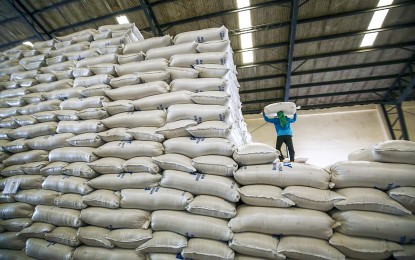Government Debt Slightly Down In December
The Philippine national government’s total outstanding debt reached PHP 16.05 trillion in December 2023, marking a 0.24% decrease from PHP 16.09 trillion in the previous month. According to the Bureau of the Treasury (BTr), this figure closely aligns with the 2025 Budget of Expenditures and Sources Financing projection of PHP 16.06 trillion. Data from the BTr revealed that PHP10.93 trillion of the total debt came from domestic sources, while PHP5.12 trillion was borrowed externally. Meanwhile, the debt-to-GDP ratio stood at 60.7%, slightly exceeding the revised Medium-Term Fiscal Framework estimate of 60.6% due to a lower-than-expected full-year GDP growth rate of 5.6% in 2023. Despite this minor variance, the BTr highlighted the government’s proactive debt management approach, ensuring effective timing and issuance of external loans amid fluctuations in the exchange rate.

Debt Reduction Factors
The decline was largely attributed to the government’s debt servicing efforts, which included the repayment of maturing obligations and lower-than-expected additional borrowings. Finance officials highlighted that improved revenue collection and disciplined spending also played key roles in managing the debt levels.
The peso’s appreciation against the dollar further contributed to the decline, as it reduced the value of foreign-denominated obligations. This helped ease the country’s debt burden despite ongoing government spending on infrastructure and social programs.
Current Debt Levels
Despite the slight decrease, the total debt remains significantly higher compared to pre-pandemic levels, with a large portion still allocated to pandemic recovery programs and economic stimulus efforts. Economists warn that while the December decline is a positive development, long-term debt sustainability will depend on consistent economic growth and prudent fiscal policies.
Government’s Fiscal Outlook
The Department of Finance has reiterated its commitment to keeping debt levels manageable, with a focus on increasing revenue through tax reforms and improving tax collection efficiency. The government also aims to attract more foreign investments to strengthen economic growth and reduce reliance on borrowing.
Meanwhile, economic analysts suggest that global factors such as inflation trends, interest rate policies, and geopolitical uncertainties will continue to impact the country’s debt trajectory in the coming months.
What’s Next?
Moving forward, policymakers are expected to strike a balance between fiscal consolidation and maintaining essential government programs. The government’s ability to sustain economic growth while reducing debt dependency will be a key focus in the upcoming financial quarters.
What's Your Reaction?












/https://tf-cmsv2-smithsonianmag-media.s3.amazonaws.com/filer_public/54/66/546650fa-26a4-40fd-8d6d-5a7a04540f81/rosetta2.png)
:max_bytes(150000):strip_icc():focal(999x0:1001x2)/robert-prevost-050825-1-39395418ab494da5a3a700c9478e66c8.jpg)















































format(webp))
format(webp))

























